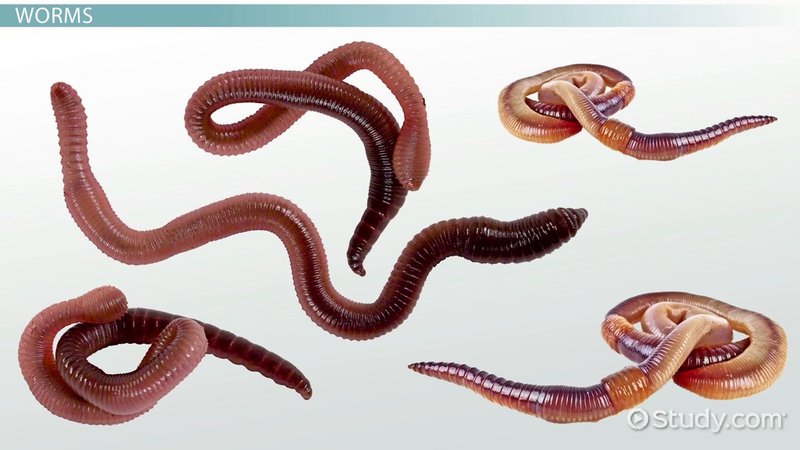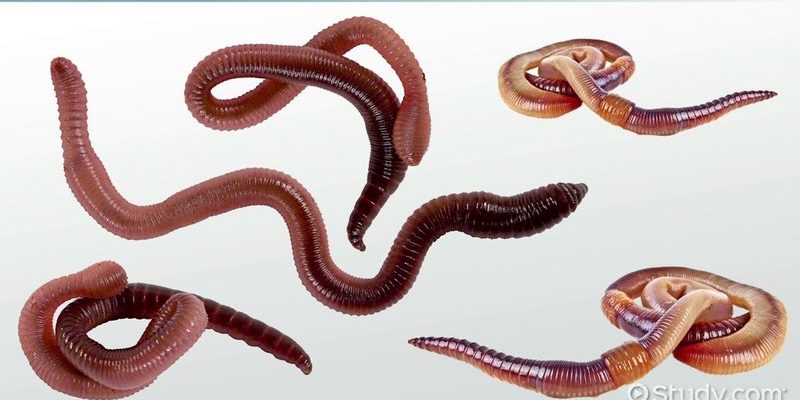
Let’s dive in and explore the many flavors of worms in the same habitat as the mudworm. It’s easier than you might think, sort of like identifying the different types of pasta in an Italian restaurant. You may not know all the names, but once you see the variety, you can appreciate each one for what it brings to the table.
What is a Mudworm?
Mudworms, primarily found in estuaries and coastal areas, belong to a family known as Aphroditidae. These creatures thrive in muddy environments and are often mistaken for other worm species. They typically have long, segmented bodies covered with tiny bristles. Think of them like little underwater caterpillars, expertly navigating their way through the soft substrate.
One interesting fact about mudworms is their ability to regenerate. If they lose a segment of their body (which can happen easily), they can regrow it! This remarkable ability helps them survive in their often harsh environments. So, if you ever come across a mudworm, remember not to underestimate its resilience.
Key Characteristics of Mudworms
To truly appreciate mudworms, it’s essential to know what sets them apart. Here are some key characteristics:
- Body Shape: Mudworms have a cylindrical, elongated shape that helps them burrow through the mud.
- Habitat: They prefer brackish waters, finding refuge in the soft sediments where they can easily conceal themselves.
- Feeding Habits: Mudworms are filter feeders, using their tentacle-like structures to sift through water for food particles.
These traits not only determine how mudworms survive but also how they relate to other worm species. Understanding these differences helps us see why mudworms are unique and important in their ecosystem.
Comparing Mudworms to Other Marine Worms
Now, let’s shift our focus to some other worm contenders that share the same muddy home as the mudworm. This comparison is crucial because it highlights the diversity of life in marine environments.
Polychaete Worms
One of the most significant competitors is the polychaete worm. These worms are much larger and often have colorful, feather-like gills. They’re like the showboats of the worm world! Unlike mudworms, polychaetes can often be found in various marine environments, from the deep sea to tidal pools.
– Feeding Style: Polychaetes are often predators, using their strong jaws to snag small fish and other marine animals, while mudworms are more passive, filtering food from the water.
– Reproduction: Polychaetes have a unique reproductive cycle where many of them spawn at once, creating a spectacular visual display in the water. Mudworms, on the other hand, have a more understated reproduction process.
When comparing mudworms to polychaetes, you see that while both play essential roles, their strategies for survival and reproduction vary widely.
Ragworm
Another close relative worth mentioning is the ragworm. These worms are often used as fishing bait because of their size and activity. They have a segmented body like mudworms but can be distinguished by their ability to swim through the water when agitated.
– Habitat Preference: Ragworms tend to prefer sandy environments compared to the muddy homes of mudworms.
– Behavior: They are more active and can travel further in search of food. Mudworms, in contrast, stay close to their burrows unless disturbed.
It’s fascinating how similar they are yet how their behaviors and adaptations help them thrive in their respective environments.
The Role of Mudworms in the Ecosystem
Now that we’ve looked at how mudworms compare to other worms, let’s dive into why they’re important in their habitats. Mudworms play a vital role in maintaining the health of their ecosystem.
Nutrient Cycling
Mudworms contribute to nutrient cycling in muddy environments. As they feed, they help break down organic materials, turning it into nutrients that other marine life can use. This is an ecological service that keeps the productivity of the habitat in balance.
Food Source
Additionally, mudworms serve as a food source for various fish and birds. They are part of a larger food web that supports many other species, making them crucial for the survival of other marine life. If mudworms disappeared, it would create a ripple effect, affecting everything from tiny fish to larger predators.
Comparing mudworms to similar worm species reveals a rich tapestry of life in our oceans and estuaries. Mudworms, with their unique characteristics and essential ecological roles, are just one piece of a larger puzzle. Understanding their place helps us appreciate not only the mudworm itself but also the countless other creatures that share its habitat.
So, next time you’re at the beach or wading through an estuary, take a moment to appreciate the life beneath your feet. From mudworms to polychaetes and ragworms, every inch of the mud is bustling with activity. And who knows, you might just get inspired to explore more about these incredible creatures.

